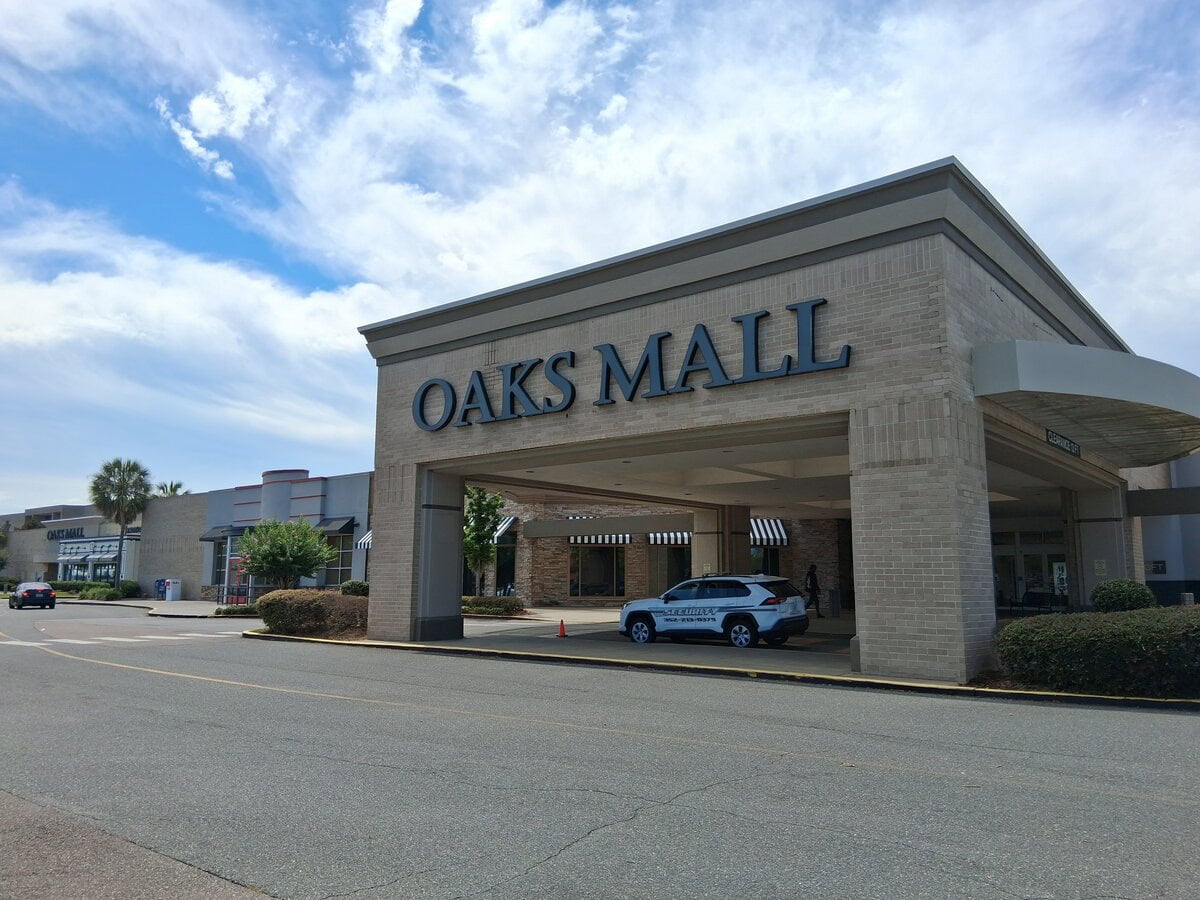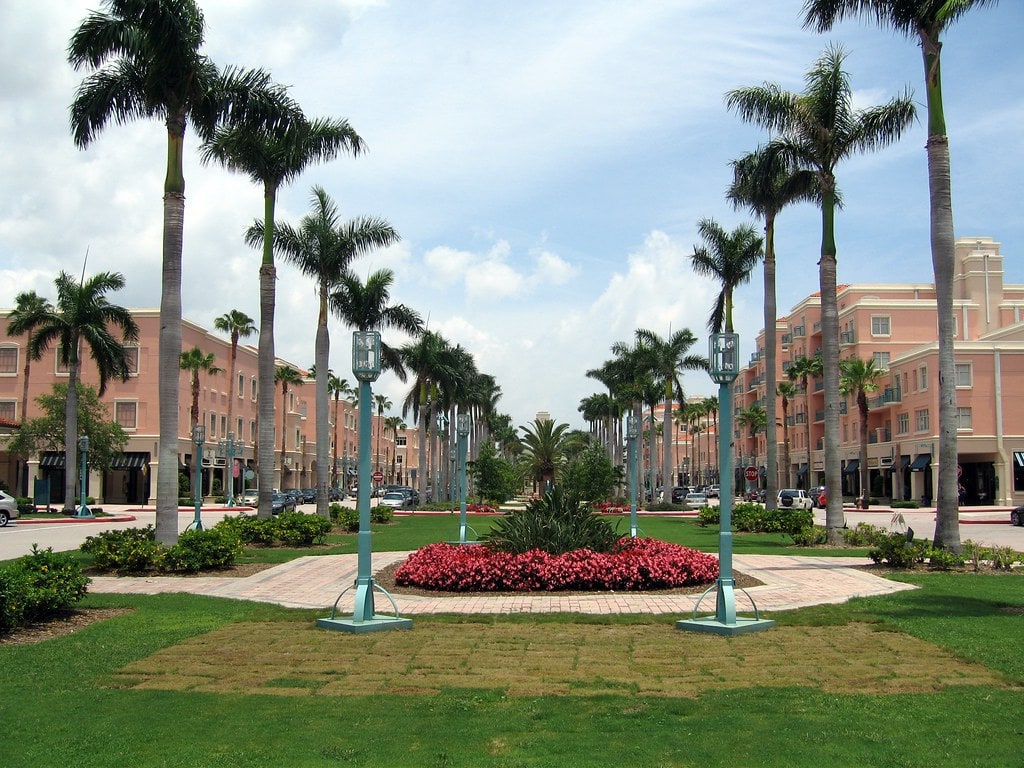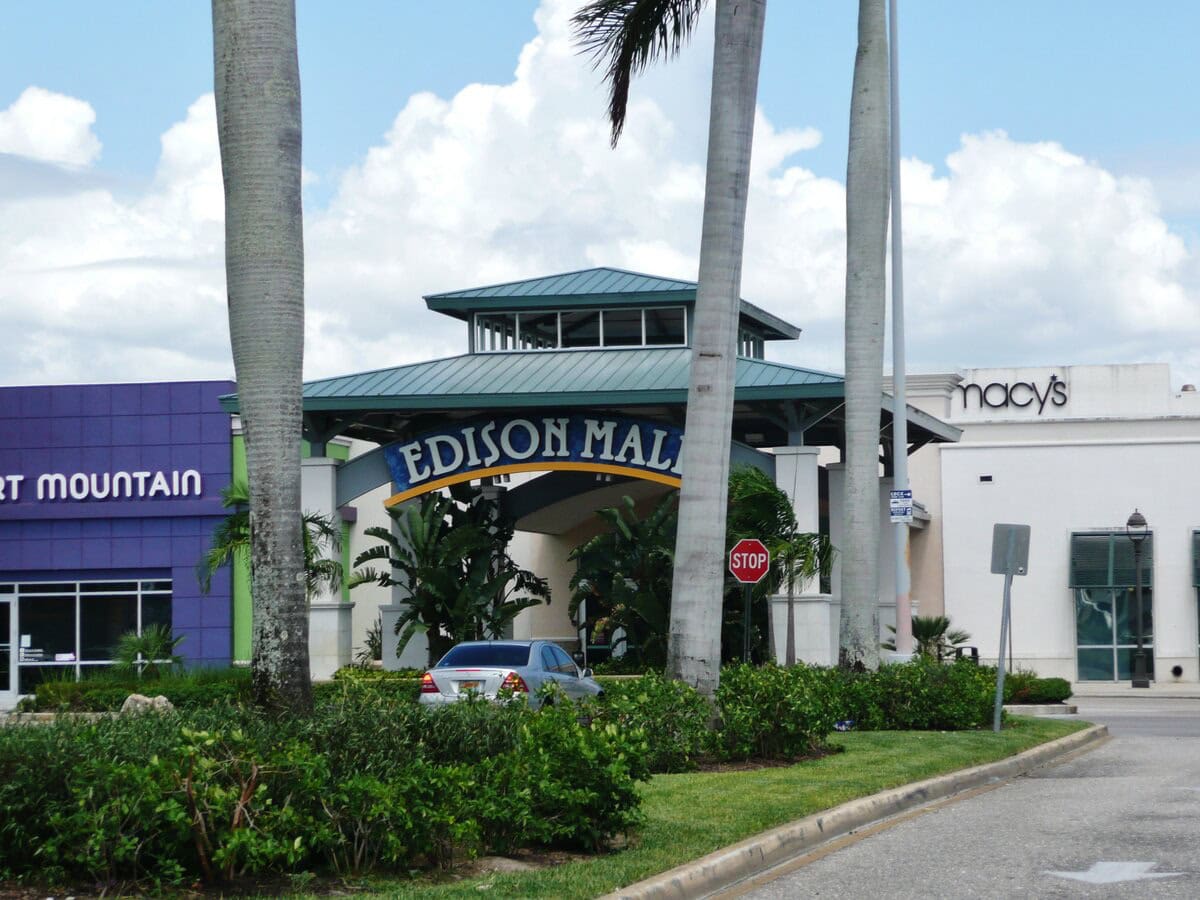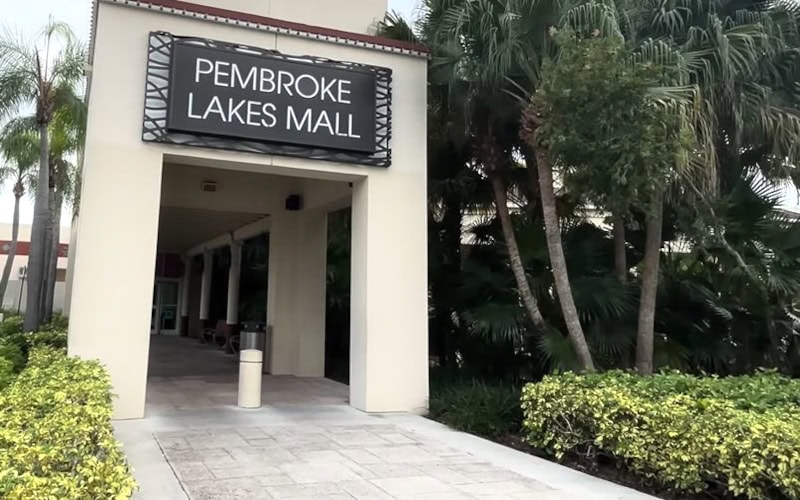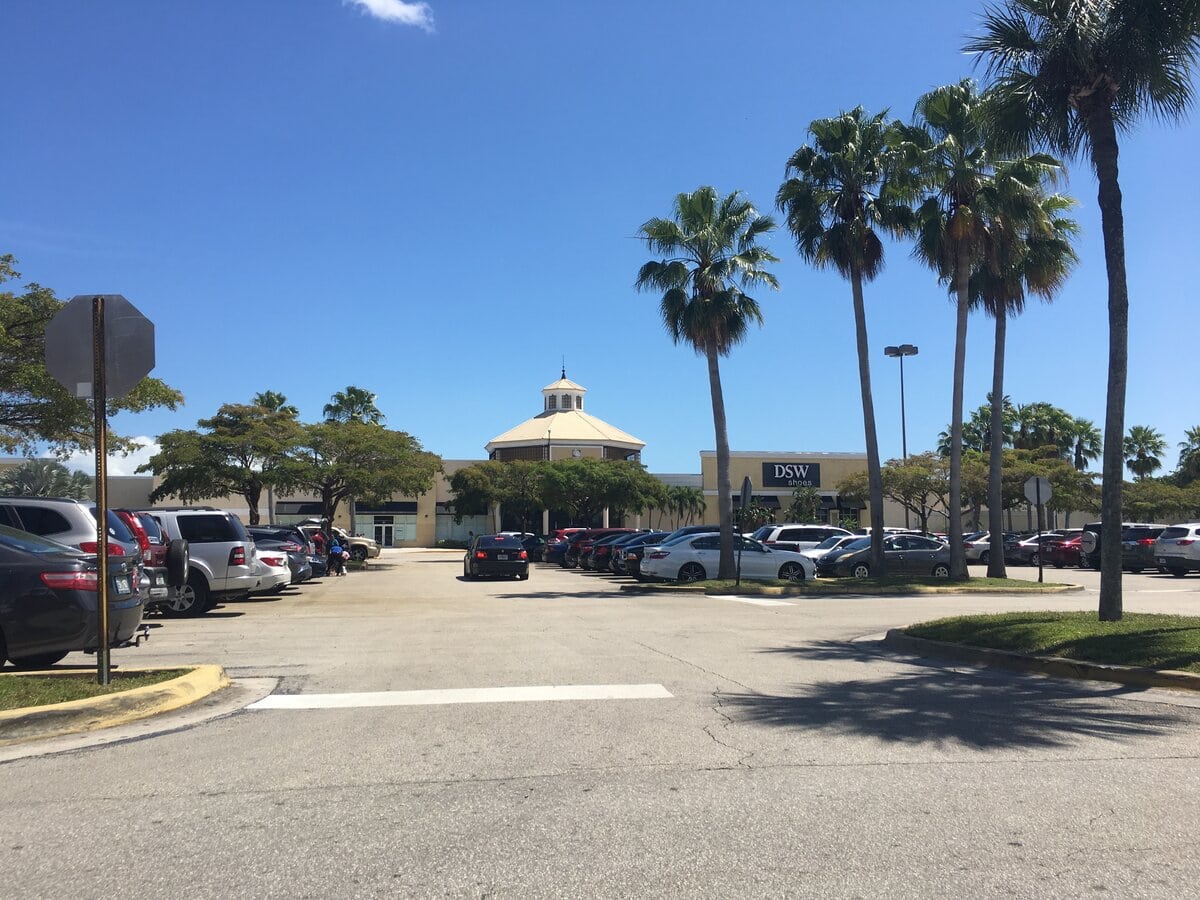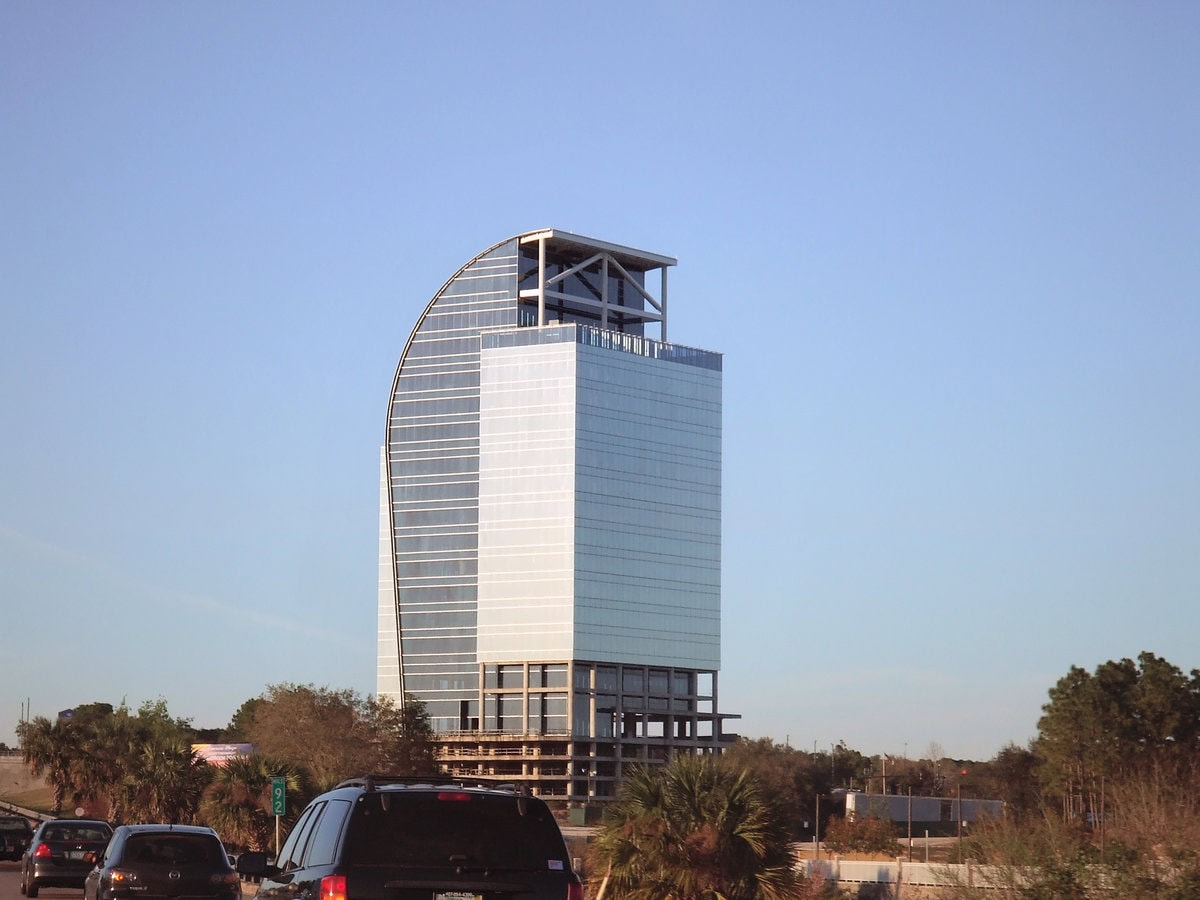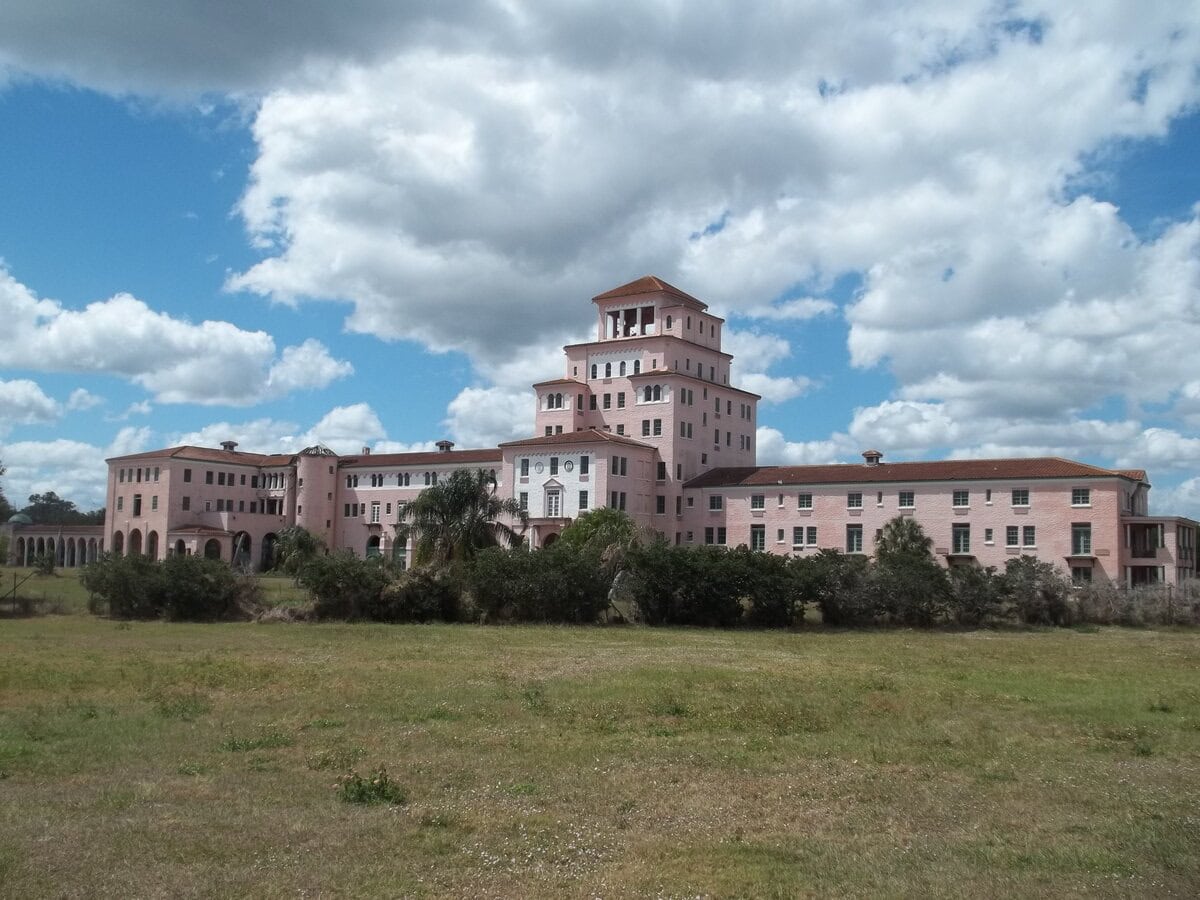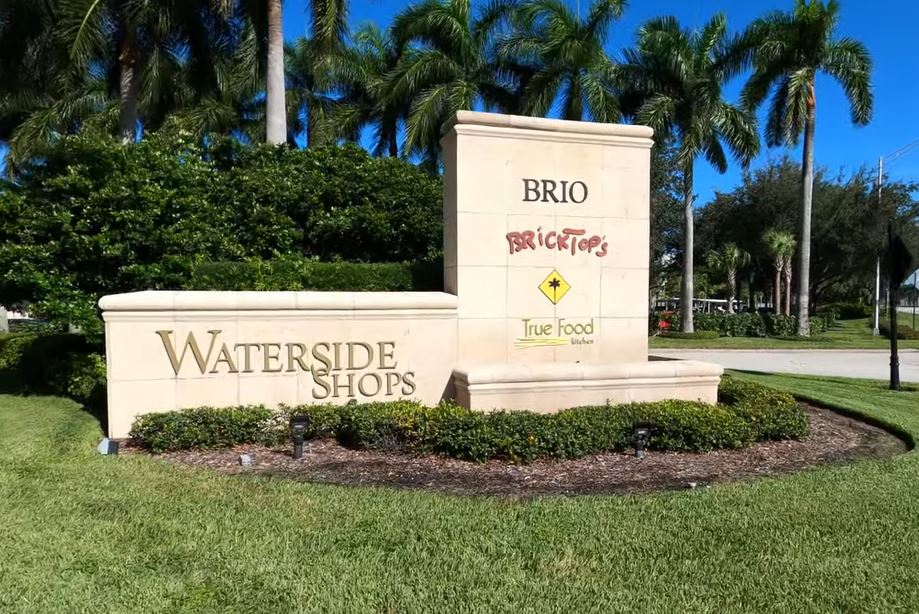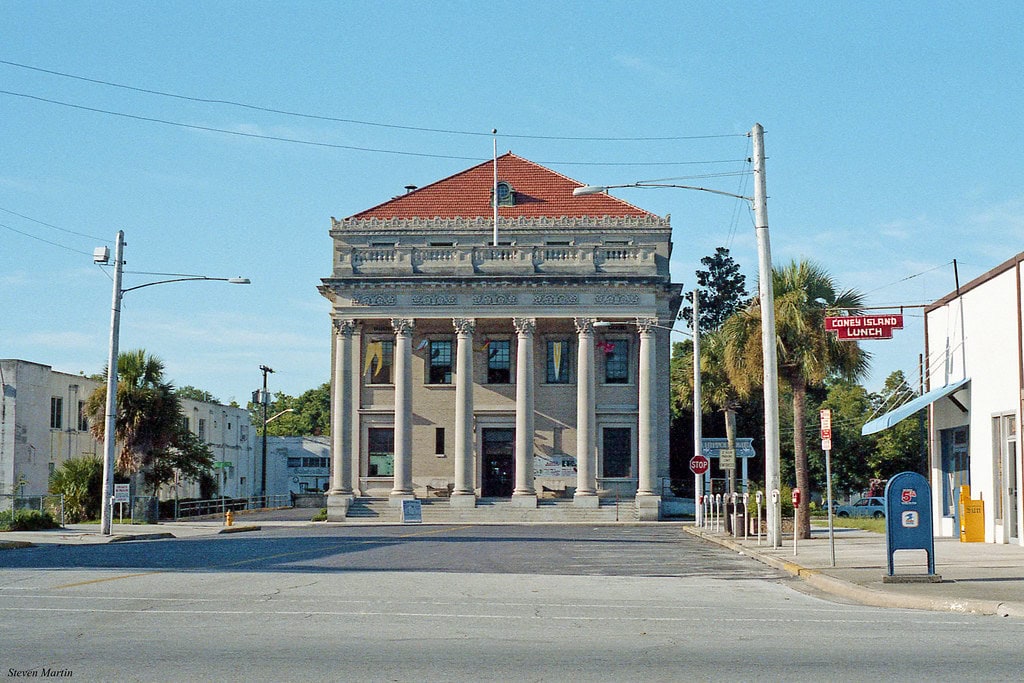
The sports drink that started in a campus lab
In 1965, a team led by Dr. Robert Cade at the University of Florida developed a carbohydrate and electrolyte drink to help the Gators handle heat and exertion.
The formula, created in Gainesville, replaced fluids and salts lost during practice and games.
Within a year, UF football players were using it on the field. The name Gatorade anchored the product to its origin.
UF retained a royalty stake that later generated hundreds of millions of dollars for university research and programs.
The drink moved into national distribution and became a standard on sidelines well beyond Gainesville, but its origin remained tied to a UF laboratory and football practice fields.
A city with the world's largest occupied bat houses
On the north side of Museum Road, across from Lake Alice, the UF Bat Houses shelter hundreds of thousands of Brazilian free-tailed and Southeastern bats.
The colony exits en masse around dusk, a predictable wildlife event in the middle of Gainesville.
The structures, built to draw bats away from older campus buildings, grew into the world's largest occupied bat houses.
Their design gives roosting space, airflow, and protection from predators.
The houses sit in an open field that lets the animals launch directly into the night sky.
Public viewing areas and signage on the site make the nightly emergence easy to observe in most seasons.
A rainforest hidden inside a Gainesville sinkhole
Devil's Millhopper Geological State Park sits within Gainesville and drops about 120 feet into a steep-walled limestone sink.
Boardwalks and stairways descend through shaded layers where springs trickle down exposed rock.
The microclimate at the bottom supports plants more typical of ravines farther north, creating a cool, damp pocket distinct from surrounding sandhills.
Visitors count over a hundred steps on the rebuilt stair system, installed after storm damage and reopened in 2019.
The site offers a visible cross-section of Florida's karst geology.
Rainwater and groundwater meet at the sink, carrying fossils and sediments that long attracted scientists and students to study the bowl-shaped depression.
One of the world's largest butterfly and moth collections lives here
Inside the Florida Museum of Natural History on UF's campus, the McGuire Center for Lepidoptera and Biodiversity houses more than 10 million butterflies and moths.
Researchers use the holdings for taxonomy, genetics, and conservation projects across continents.
Public spaces include the living Butterfly Rainforest, while behind the scenes are climate-controlled vaults and labs.
The center integrates historic collections, including acquisitions from the Allyn Museum, creating a single, globally significant repository.
Specimens range from common Florida species to rare holotypes.
The volume and breadth place Gainesville among the leading hubs for lepidopteran research, with visiting scientists rotating through the facility in most years.
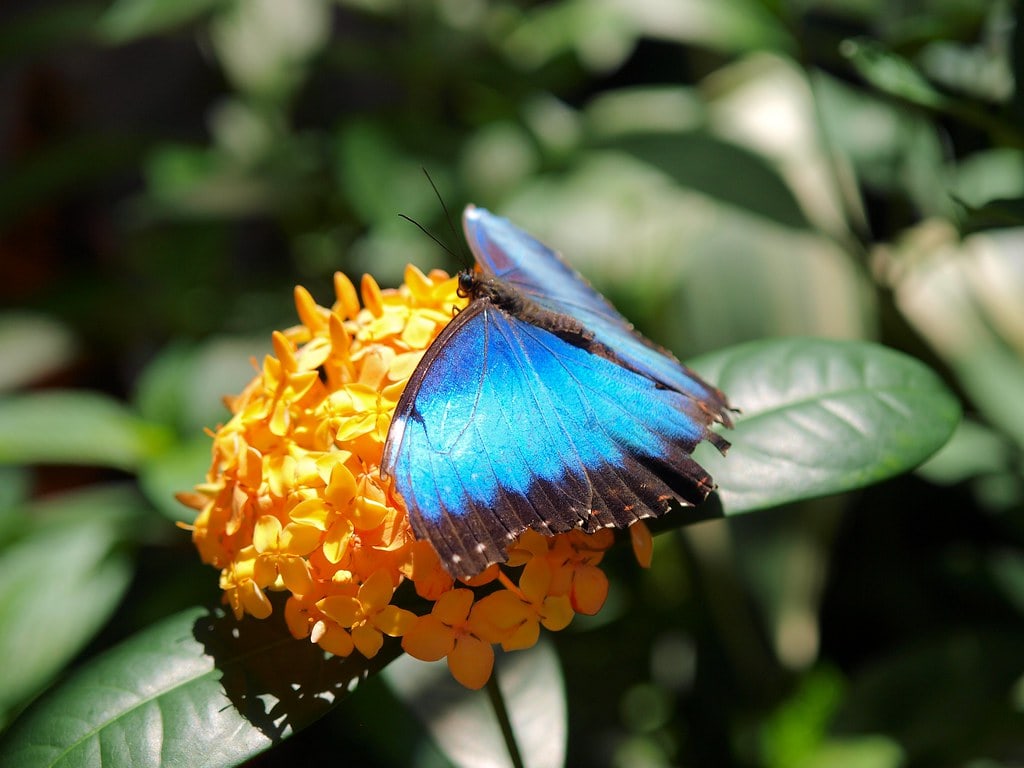
Bison and wild horses roam at the city's southern edge
Just south of Gainesville along U.S. 441, Paynes Prairie Preserve State Park supports free-ranging bison and horses within a 22,000-acre savanna.
Reintroduced bison have grazed there since 1975, and horses roam on the open prairie and marsh.
Observation platforms and the La Chua Trail provide vantage points for viewing wildlife and seasonal water levels.
From the city, visitors can reach the park in minutes and cross from urban streets to open grasslands where sandhill cranes, alligators, and raptors share habitat.
The Gainesville-Hawthorne State Trail skirts the preserve, linking the city's trail network to the park's interior landscapes and seasonal wetlands.
A half-block wall that never stops getting repainted
Along SW 34th Street, Gainesville's 34th Street Wall stretches for more than 1,100 feet as a continuously repainted public canvas.
Begun in 1979 as a retaining wall during a road project, it evolved into an accepted space for announcements, memorials, and art.
Layers of paint accumulate across the concrete, with new messages regularly covering old ones.
The wall's visibility on a busy corridor makes it a town noticeboard as well as a place for murals.
Although the structure sits along a state road where graffiti is technically illegal, enforcement has long focused elsewhere, and the wall's repainting continues daily.
A 1911 courthouse turned theater with a 114-year-old elevator
Downtown's Hippodrome Theatre occupies Gainesville's former U.S. Post Office and Courthouse, a Beaux Arts building completed in 1911.
The Hipp moved in during the late 1970s after the structure joined the National Register of Historic Places.
Much of the interior fabric remains, including a historic, operator-run elevator that the city restored and reopened in 2025.
The Hippodrome maintains a 268-seat thrust-stage upstairs and an 80-seat cinema downstairs.
The building's original roles are still legible in its stone facade and grand lobby, while the theater company programs contemporary productions that keep the old federal building in active public use.
"The Swamp" is built into a natural bowl in the campus core
Ben Hill Griffin Stadium sits where a shallow depression once lay on UF's campus, helping create the steep stands that enclose "The Swamp." Opened in 1930 and expanded multiple times, the venue's listed capacity is over 88,000, putting it among the largest college football stadiums.
Concrete seating rises close to the field, and the sunken floor amplifies crowd noise.
The facility remains within walking distance of academic buildings and dormitories.
Naming honors a citrus grower and UF benefactor.
Scoreboards, lighting, and concourses were modernized in recent decades while keeping the bowl configuration that makes the stadium recognizable on game days.
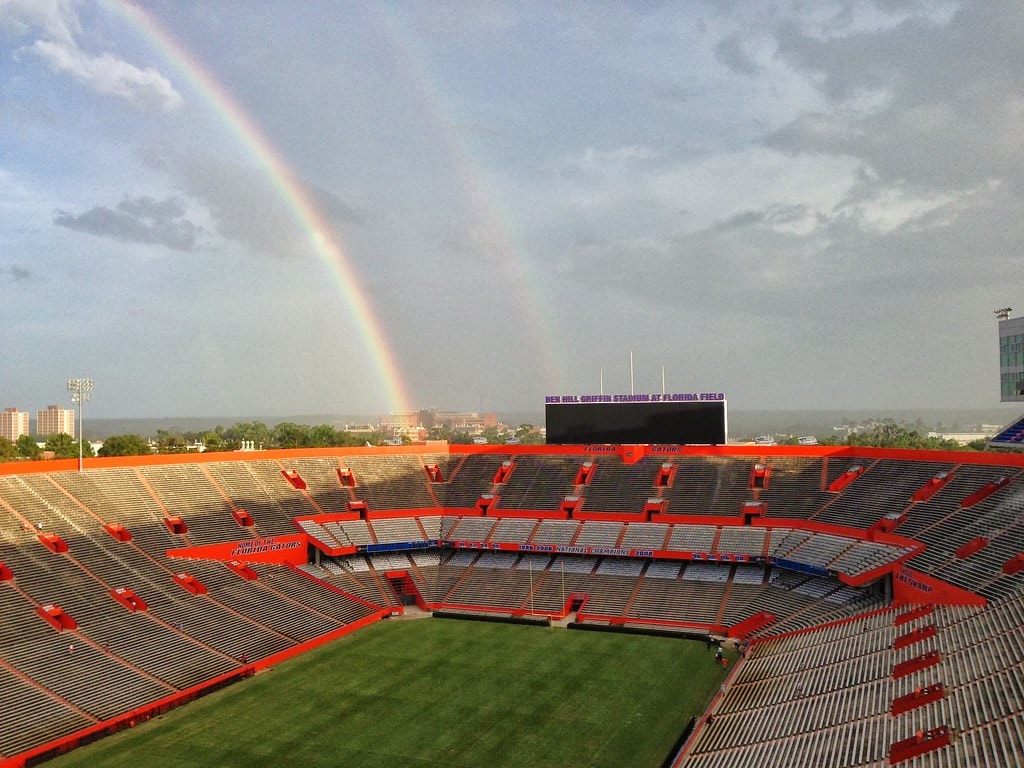
The only AZA-accredited zoo on a college campus
Santa Fe College Teaching Zoo in northwest Gainesville is the only zoo on a college campus accredited by the Association of Zoos and Aquariums.
Students in Santa Fe's Zoo Animal Technology program train on site with more than 70 species, including capuchins and Asian small-clawed otters.
The compact grounds integrate husbandry labs, public paths, and behind-the-scenes spaces for daily routines.
Accreditation requires meeting standards for animal care, safety, conservation, and education.
Graduates move into entry-level zookeeper and wildlife care roles nationwide.
The college's setup makes Gainesville a steady training pipeline for AZA institutions while serving local visitors year-round.
A 108,800-square-foot art museum with free admission
On UF's Cultural Plaza, the Harn Museum of Art occupies 108,800 square feet with ten galleries for African, Asian, modern, and contemporary art, and photography.
Admission is free, and exhibitions rotate frequently to draw from a collection of more than 13,300 works.
The building's additions expanded contemporary and Asian art spaces in 2005 and 2012.
Gardens flank the galleries, and a study center supports classes and research.
As a university museum, the Harn hosts lectures, film programs, and student-led events during the academic year.
The size and scope position Gainesville as a regional destination for permanent collections and traveling shows.
When Gainesville paid residents to go big on rooftop solar
In 2009, Gainesville Regional Utilities launched a feed-in tariff that guaranteed long-term above-retail payments for electricity produced by customers' photovoltaic systems.
The program, modeled on European examples, was the first of its kind run by a U.S. municipal utility.
Clear rates and contracts attracted homeowners, businesses, and nonprofits to add panels.
Annual enrollment caps kept costs predictable for the utility and ratepayers.
Over several years, the tariff led to steady local solar construction, visible on roofs around the city.
While later adjusted and phased out as markets changed, the program's structure showed how city-owned utilities could stimulate private investment in renewable energy at the neighborhood scale.
A student newspaper that grew into one of the nation's largest
The Independent Florida Alligator has been published in Gainesville since the early 1900s.
It became fully independent from the University of Florida in 1973, keeping student control of its newsroom, budget, and editorial decisions.
It is now one of the largest student-run papers in the country.
Reporters cover both campus and city news from downtown offices.
The structure allows students to work without university oversight while gaining professional experience.
Many later move into national outlets, but the Alligator continues to print and post from Gainesville, holding its place in the city's media landscape.
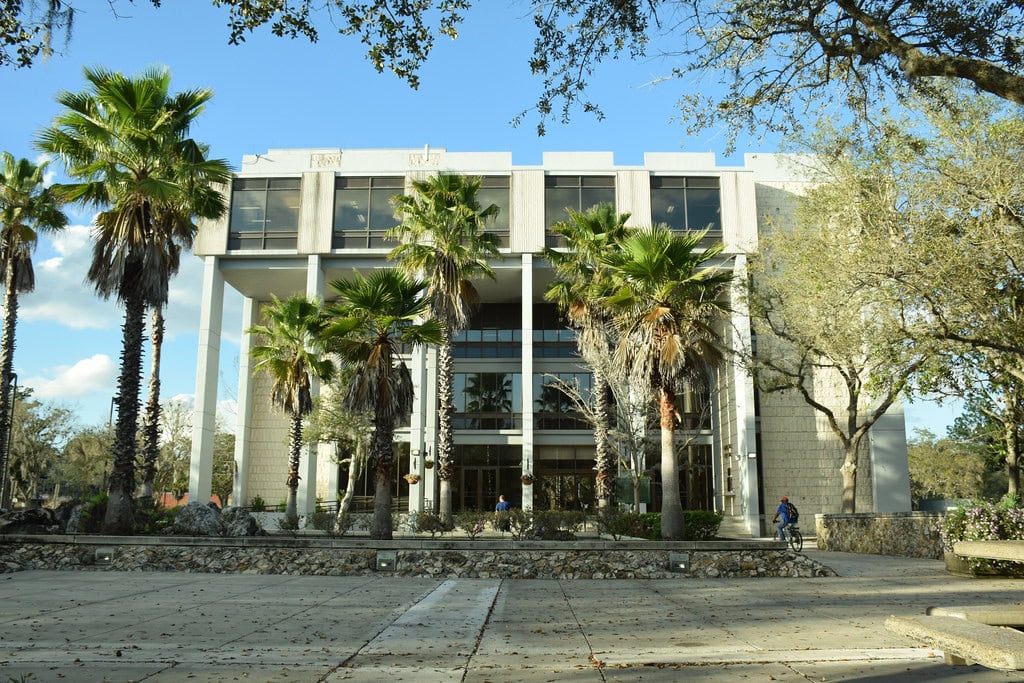
A polluted gas plant became Gainesville's signature park
The site that is now Depot Park once held a manufactured gas plant whose byproducts contaminated soil and groundwater.
After a multi-year cleanup overseen with state and federal guidance, Gainesville opened the park in 2016.
Wetland ponds filter stormwater before it flows toward Paynes Prairie, boardwalks cut across restored habitat, and a playground, lawn, and paths frame the old railroad corridor.
The Cade Museum for Creativity and Invention anchors the park's northeast corner, tying local innovation history to the redeveloped landscape.
The project turned a fenced industrial property into a central public space near the rail-to-trail terminus at Boulware Springs.
A startup hub linking campus and downtown
UF Innovate | The Hub sits seven blocks from UF's main campus at 747 SW 2nd Ave.
The mixed-use facility opened in 2011 and doubled in 2018 after federal and university funding expanded it to roughly 100,000 square feet.
The site offers wet labs, dry labs, and offices alongside mentoring and investor connections.
Tenants range from biotech to software, with conference rooms, shared equipment, and 24-hour access.
The building anchors the Gainesville Innovation District, tying research commercialization to walkable streets between campus and the city center.
The incubator's growth reflects a sustained push to keep early-stage companies in Gainesville.
A city park is renamed for a hometown musician
In 2018, Gainesville renamed Northeast Park as Tom Petty Park to honor the Rock and Roll Hall of Famer born in the city.
The site includes ballfields and open space in the northeast grid and carries standard neighborhood park amenities.
The renaming followed community support and city action, adding Petty's name to signs and maps.
Downtown, Bo Diddley Plaza also recognizes another performer with local ties.
Together, the names root public spaces in Gainesville's music history without altering the parks' basic use.

